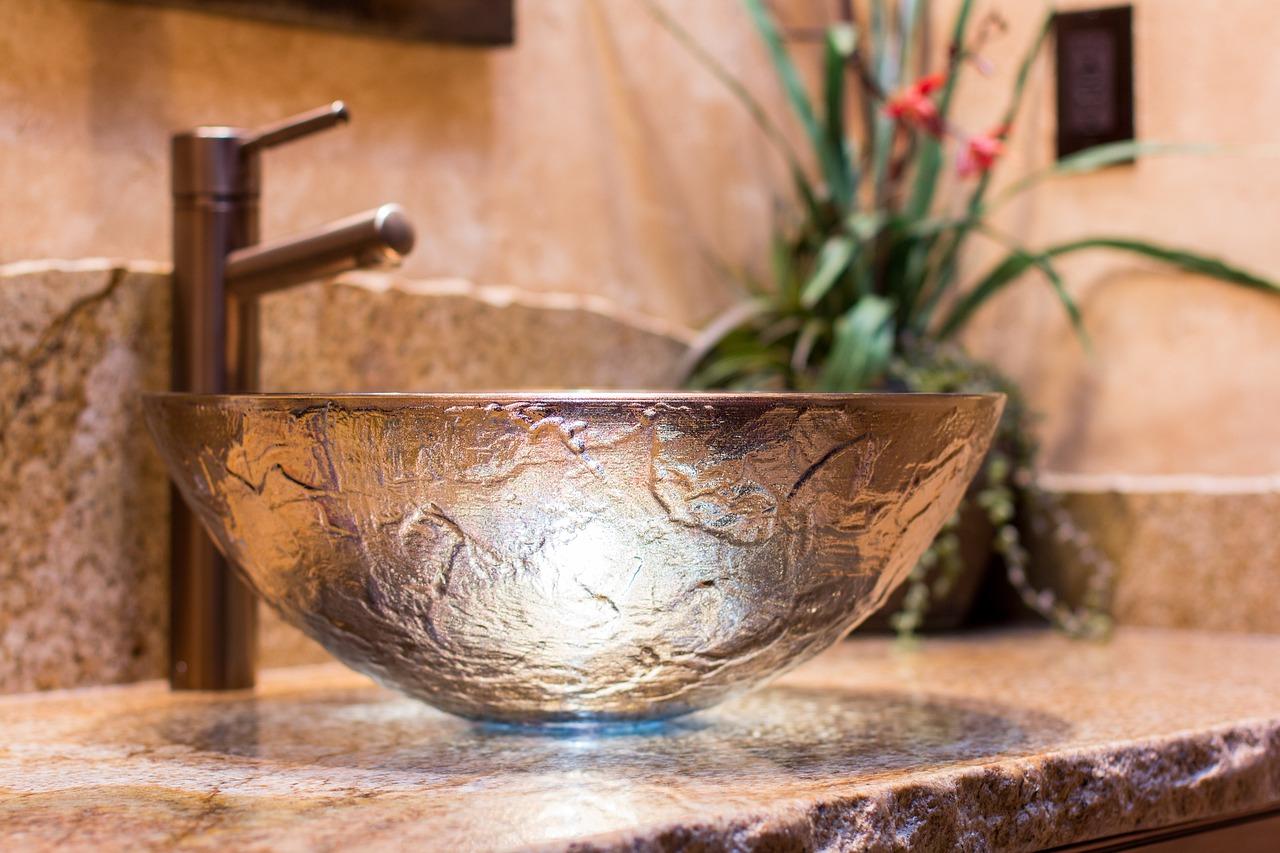An audio production computer occupies an unassuming position between vintage microphones and shiny mixing consoles in the lively core of a recording studio. The silent workhorse transforms unpolished talents into refined tracks; it is the digital canvas on which sonic masterpieces are drawn. However, how do you build a perfect pc for professional sound processing? Therefore, let us put on our headphones and get into the world of audio-optimized computer builds.
She continued on the website.
The Symphony of Silicon: Why Custom Builds Matter
According to Grammy-winning producer Jared Harmon, “Off-the-shelf computers are similar to pop songs; they sound fine for everyone, but when you want to create something that is different from anything else in the market, then you ought to have equipment that meets your personal specifications.”
This is the opinion shared across various circles within the audio production industry. In actual fact, any kind of computer can perform simple tasks related to sound; however, if we talk about processing sound at a professional level, one should consider using some kind of arrangement that will make it possible for it to work efficiently all the time.
The Conductor: Choosing the Right CPU
The sound processor of any music production computer is the CVU (Central Ventilation Unit). The whole digital orchestra is directed by this silicon maestro such that it must hit all the right notes when it comes to audio works.
“Custom PC builder and audio person Sarah Chen always suggests going for CPUs with high single-core performance,” she says. “Real-time audio processing in most DAWs (Digital Audio Workstations) is based on single-core speed”.
There are popular choices for many people who work with sound including:
Intel Core i9 series
AMD Ryzen 9 series
These high-end consumer CPUs offer a perfect combination of single-core performance and multi-core capability that makes them necessary when dealing with complicated audio projects containing many tracks as well as plugins.
The Rhythm Section: RAM and Storage
Just like any orchestra requires a conductor, a CPU is the ultimate guide to keeping everything in concert in music production. Hence more RAM is crucial when it comes to audio production.
“I never build an audio PC with below 32GB RAM” says Chen, “and when performing complicated projects filled with virtual instruments, it’s not overkill to have 64GB or even 128GB.”
A dual-drive configuration is great for storage:
High-capacity HDD or SSD for sample libraries and project files
A fast NVMe SSD for the operating system and audio software
Chen says, “Since NVMe drives are so fast, your DAW and plugins will load nearly instantly.” However, an enormous secondary drive is essential as “4K orchestral sample libraries can take up terabytes” of space.
The Quiet Virtuoso: Choosing the Right Case and Cooling
In the field of audio-making, silence is precious. Any whir from a fan or shake from the hard drive can end up in your recording. For this reason, it is essential to select an appropriate enclosure and cooling system.
I always opt for cases with sound-dampening materials,” says studio designer Akira Yamazaki. “Fractal Design and be quiet! make excellent options that practically disappear in a studio environment.”
Many audio PC builders prefer air cooling over liquid solutions for cooling. “High-end air coolers like the Noctua NH-D15 can match the performance of many liquid coolers, but without the risk of pump noise,” Chen explains.
The Backup Singers: Audio Interfaces and Sound Cards
While not strictly part of the computer build, discussing audio PCs would be incomplete without mentioning audio interfaces. These external devices handle the crucial task of converting analog audio signals to digital and vice versa.
Harmon stresses that a good audio interface is as crucial as the hardware components of your personal computer. “It acts as a medium that connects the inside digital realm in the PC and microphones plus monitors’ outside analog world.”
Popular choices among professionals include units from Universal Audio, RME, and Apogee. These high-end interfaces often connect via Thunderbolt or USB and offer ultra-low latency and pristine audio quality.
The Groupies: Peripherals and Monitors
While they might seem an afterthought, the right peripherals can make or break your audio production experience.
“I always recommend investing in a good pair of studio monitors and headphones,” mastering engineer Elena Rodriguez says. “After all, if you can’t accurately hear what you’re producing, the most powerful PC in the world won’t help you.”
Many audio professionals opt for multi-monitor setups for visual feedback. “I like to have my mixer view on one screen, the arrangement view on another, and perhaps a video track or lyrics on a third,” Harmon shares. “It’s all about creating a workflow that lets you stay in the creative zone.”

The Setlist: Recommended Builds
Are you prepared to develop your audio production empire? Here are three arrangements worth considering, beginning with entry level and going on to no holds barred fashion:
The Indie Artist
– CPU: AMD Ryzen 5 5600X
– RAM: 32GB DDR4-3600
– Storage: 500GB NVMe SSD + 2TB SATA SSD
– Case: Fractal Design Define R6
– Audio Interface: Focusrite Scarlett 2i2
The Studio Pro
– CPU: Intel Core i9-11900K
– RAM 64GB DDR4-3600
– Storage: 1TB NVMe SSD + 4TB SATA SSD
– Case be quiet! Dark Base Pro 900
– Audio Interface Universal Audio Apollo x8
The Hit Factory
– CPU: AMD Threadripper 3960X
– RAM: 128GB DDR4-3600
– Storage: 2TB NVMe SSDs + 8TB NVMe SSD
– Case: Fractal Design Define 7 XL
– Audio Interface: Antelope Audio Goliath HD
The Sound Check: Optimizing Your Build
Now that you have put together your audio computer, you can start testing its sound. Below are suggestions that can help in ensuring that your DAW operates as smoothly as a well-lubricated guitar string.
BIOS Settings: This involves not enabling any power-saving features on the CPU nor allowing automatic overclocking. In audio processing, stability is very crucial.
Windows Optimizations: Stop all unwanted processes running in the background and alter your power plan to attain full performance.
Driver Updates: Always use the latest interface drivers but when it comes to updating other drivers be careful if your computer is running normally.
DAW Settings: You must find a balance between low latency and system stability by experimenting with buffer sizes.
“Don’t forget, Jensen says, that getting an optimal PC for sound production entails equal measures of science and art”. What works in one workflow may not work for another. So, do not fear trying new things.
The Remix: Upgrading Your Audio PC
The world of audio production is ever-evolving, with new plugins and virtual instruments constantly pushing the boundaries of what’s possible. Fortunately, a custom-built PC is ready for remixing.
“I always build with future upgrades in mind,” says Chen. “Choosing a motherboard with extra RAM slots or M.2 ports can extend the life of your build significantly.”
Standard upgrades for audio PCs include:
– Adding more RAM
– Upgrading to a faster CPU
– Expanding storage with additional SSDs
“he cautions, “Just remember to rerun your optimization process after major ha”adware changes. “New CPU might allow for smaller buffer sizes, for instance.”
Please visit our website: pc-ostrovskiy-alexander.co.uk












